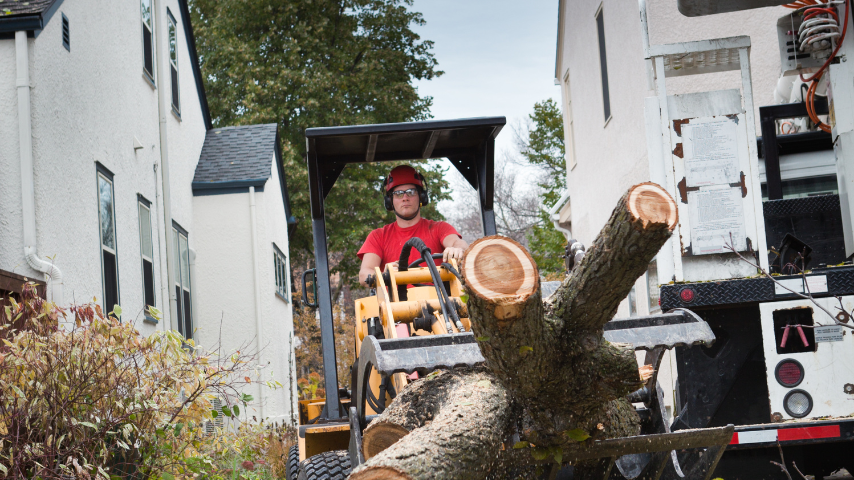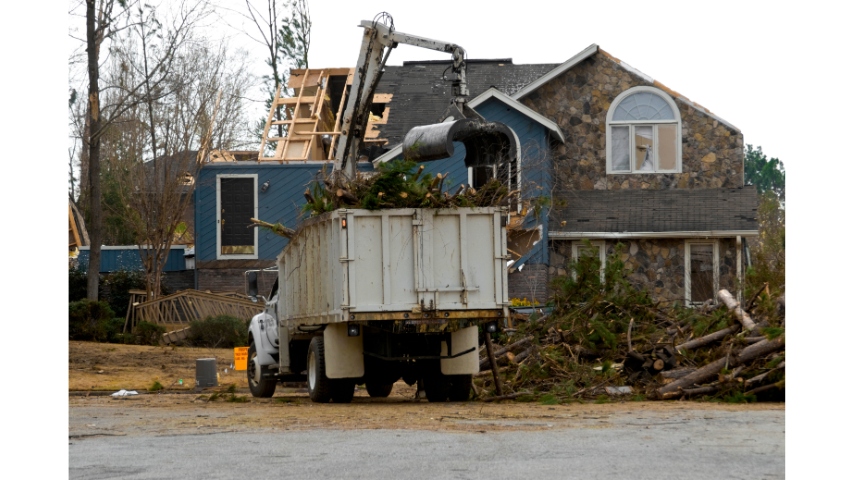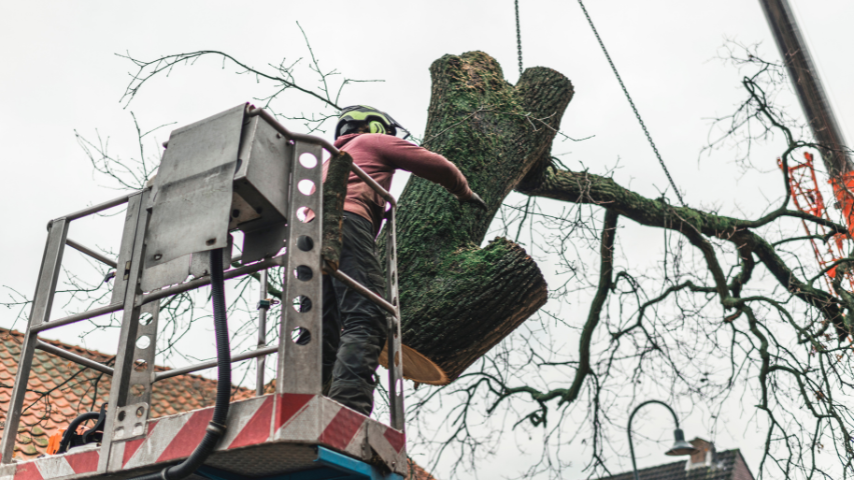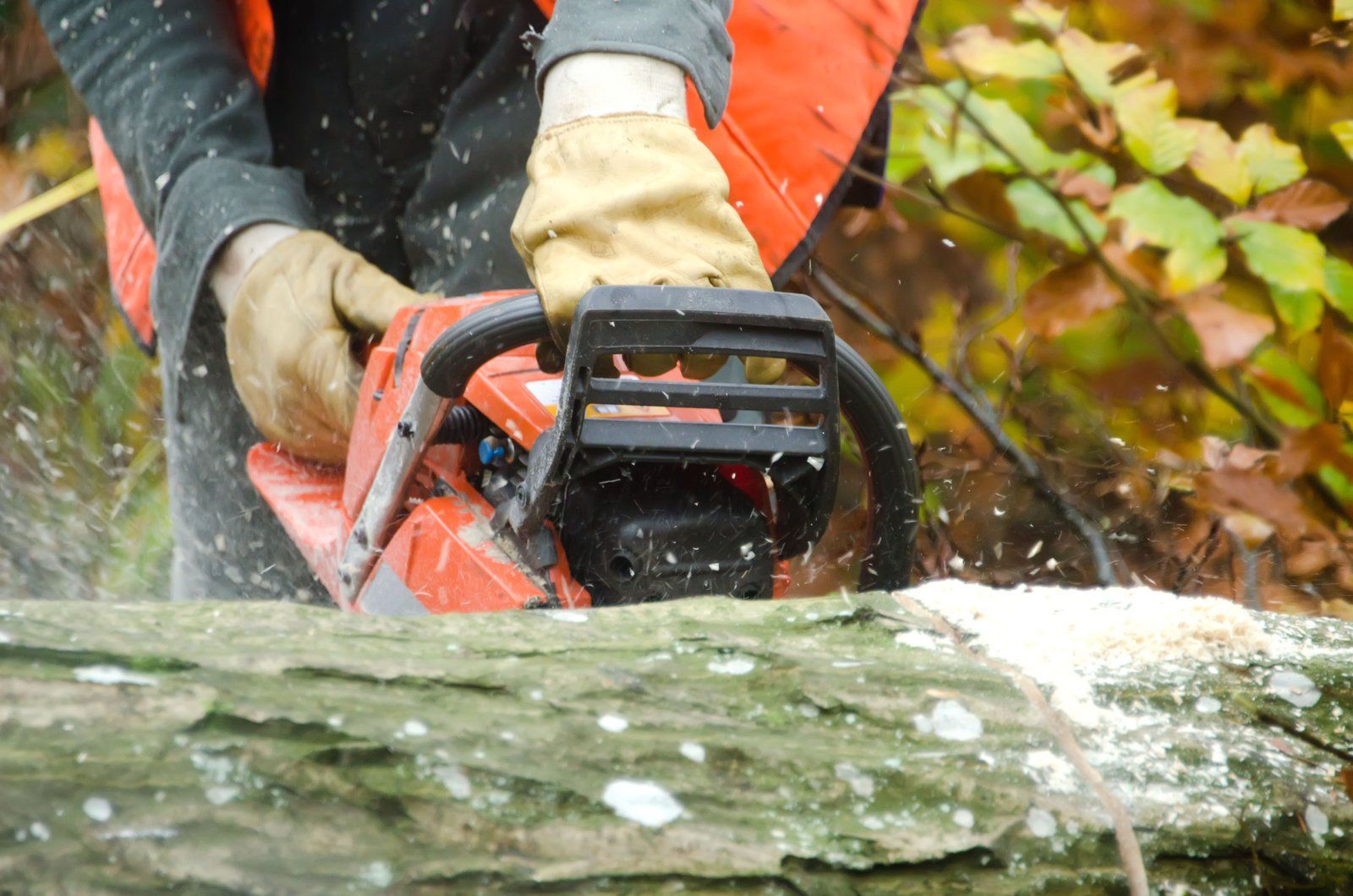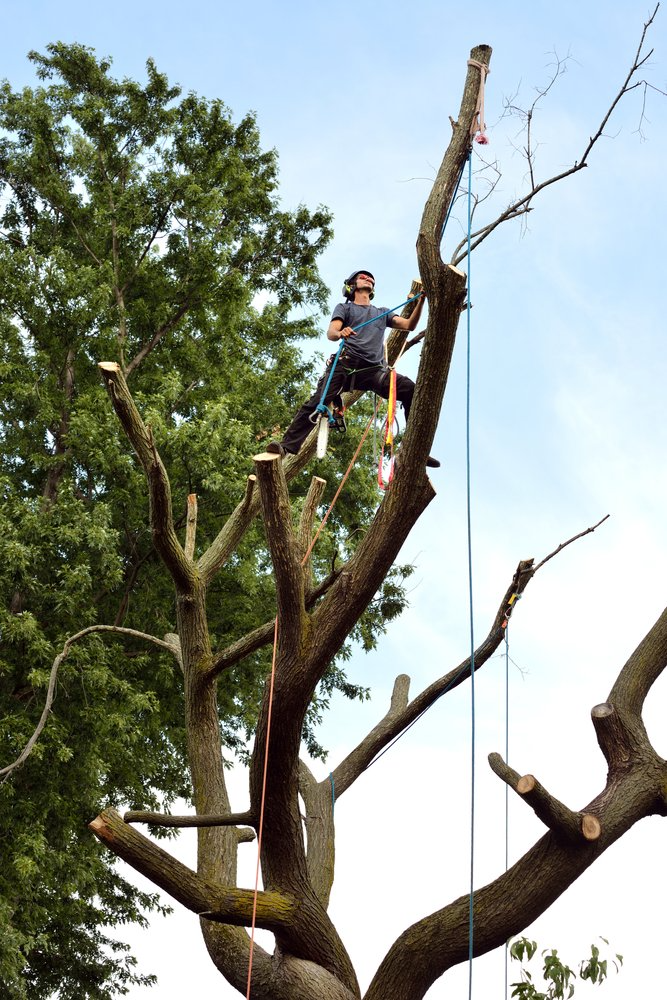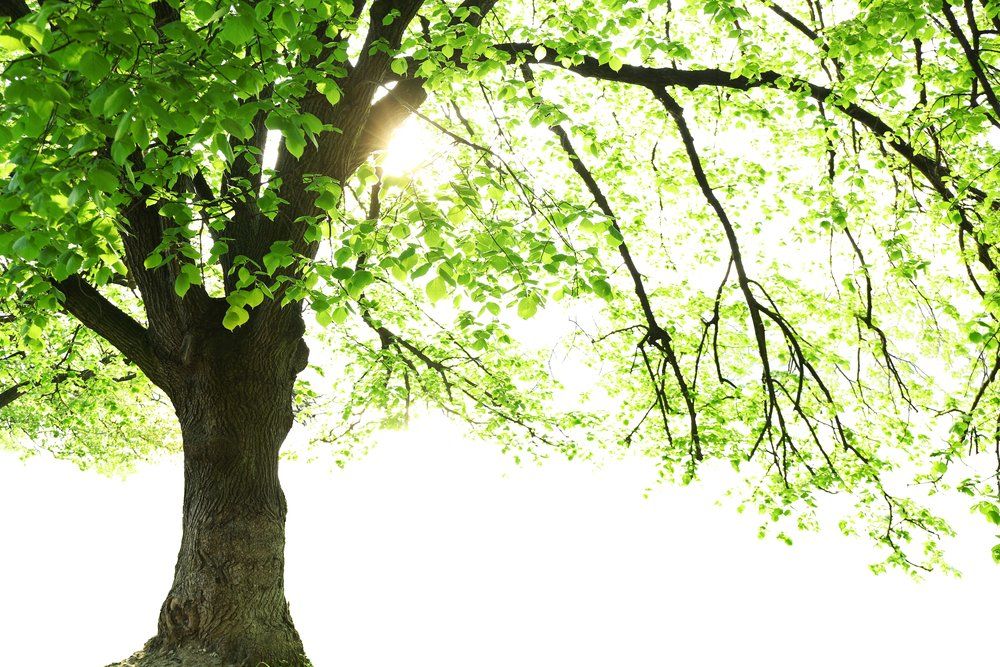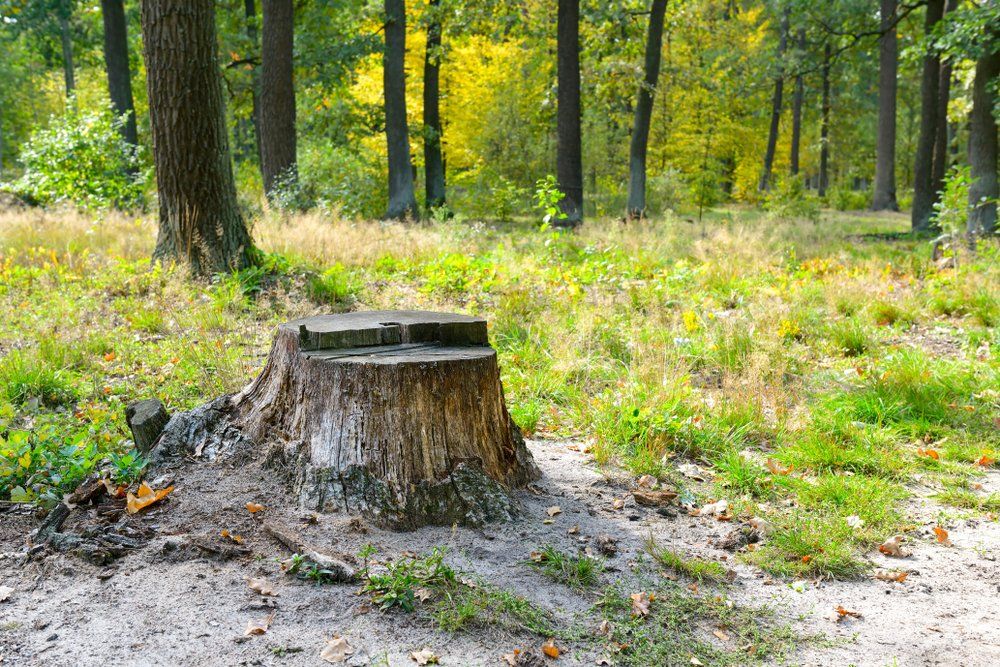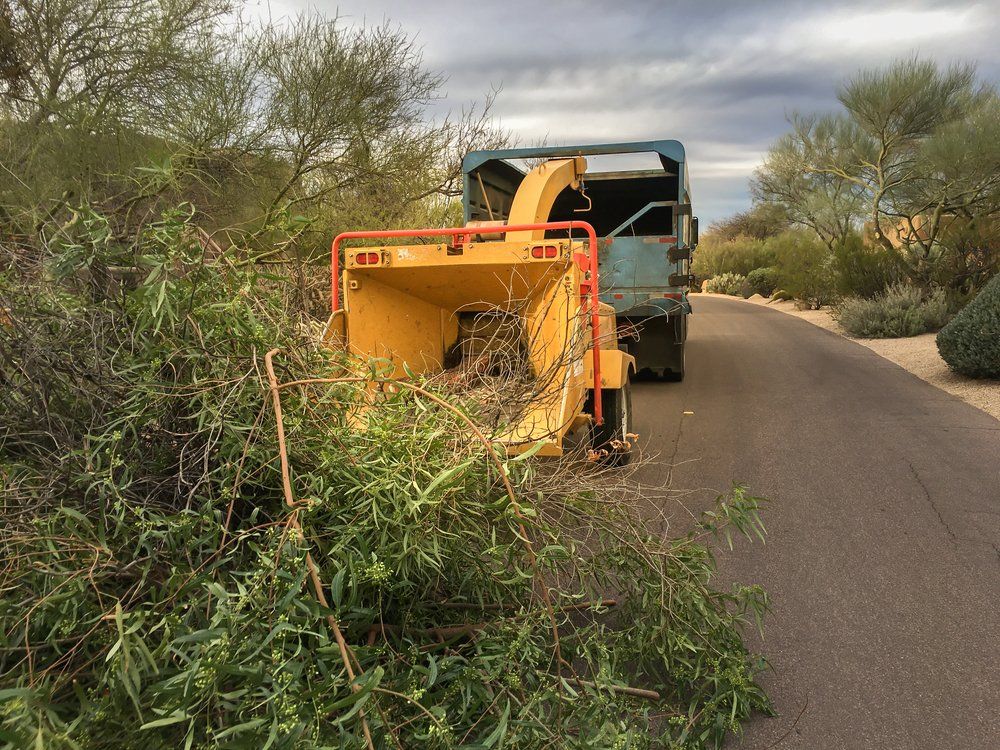How To Tell When A Tree Needs To Be Removed
It's often said that trees are a valuable addition to any property. Not only do they provide shade and aesthetic value, but they can also improve air quality and help reduce the impact of climate change. However, there comes a time when every tree needs to be removed. So how do you know when it's time to say goodbye to your tree? Here are a few signs to look for.
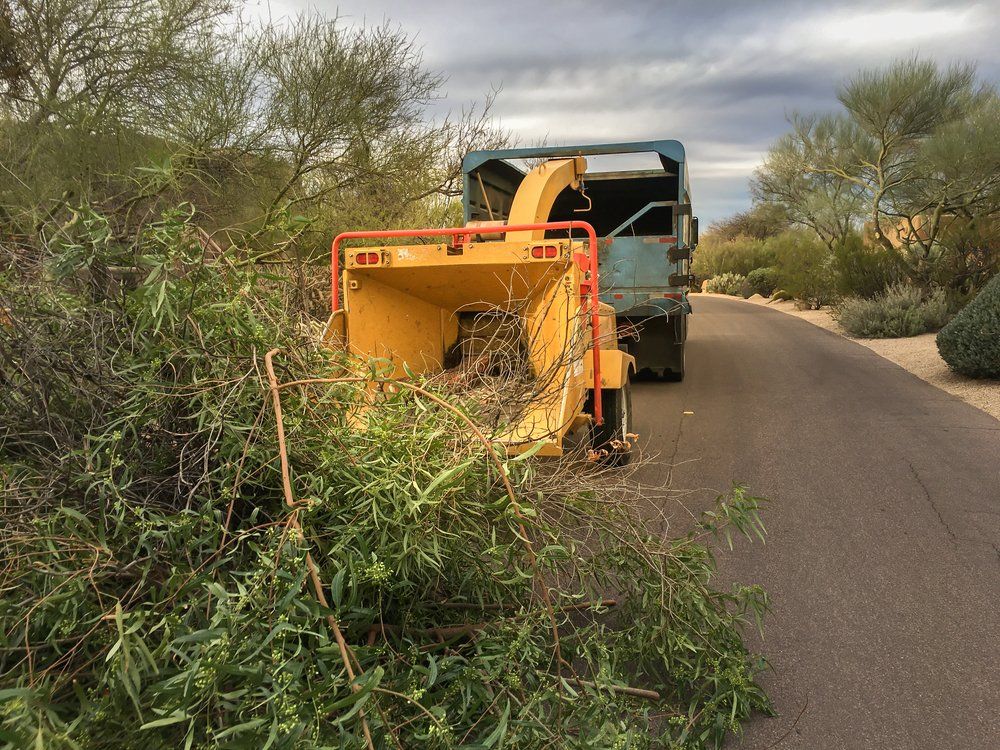
When To Remove a Tree
There are a few cases when you might need to remove a tree from your property.
Trees can become diseased and need to be removed for the health of the tree and the surrounding area. Trees can also become a nuisance and need to be removed for safety reasons. There are a few things you can look for to determine if a tree needs to be removed.
The first is if your lawn or landscaping has been damaged by this particular plant, as most people don't realize how destructive they can be until it's too late and then regret their decision of choosing such an unruly animal for decoration in its place - but I digress.
The second is if the tree is dying. Dying trees can be a safety hazard as they are more likely to fall over in high winds or storms. The bark may start to peel or fall off, the leaves may turn brown and fall off, and the branches may die. If a tree is showing any of these signs, it is likely that it needs to be removed.
The third is if the tree is too close to your home or power lines. If a tree is too close to your house, it can damage the roof or walls in a storm. If a tree is growing too close to power lines, it can interfere with the electric service. If a tree is becoming a nuisance, it might be because it is blocking the view, damaging property, or dropping leaves and branches onto sidewalks or cars. If a tree is causing any of these problems, it might need to be removed.
If you are unsure whether or not a tree needs to be removed, you can contact a tree service to have them assess the tree. If the tree does need to be removed, the tree service will be able to tell you how best to go about it.
The third reason for removing a tree is if it's too close to your house or another structure. Trees that are too close to homes or other structures can cause damage in storms.
How to Tell if a Tree is Diseased or Dying?
When a tree is diseased, it can be difficult to tell. Some of the most common symptoms include leaves with holes in them and drooping branches because their weight causes them not be able to pull themselves upright anymore- even though there may otherwise seem like nothing's wrong! Another giveaway could also just mean one branch pulling away from another more easily than usual; this might happen when an infection starts crawling up towards its roots through cracks between boards (or other substances).
The main thing you need to look for when trying to determine if a tree needs to be removed is whether or not it is diseased. There are a few different signs that a tree may be diseased, including discolored leaves, mushrooms growing on the trunk or roots, and evidence of insects or pests. If you notice any of these signs, it is likely that the tree is diseased and should be removed as soon as possible.
Another resourceful way to find out if your tree is diseased or dying would be by using an early warning system. This involves scratching the surface of it with a sharp object and checking for bubbling, which could indicate that there are diseases present in either the roots below ground level as well as on topsoil above ground.
The best time period during which you can do this check will vary depending upon what type of disease(s) affect trees but generally speaking, anything less than 1-year-old should still show some signs whether these come about due directly because the organism has lots of damaged tissue so even though no obvious symptoms might exist yet eventually it may die
Lastly, hire a tree specialist to confirm the presence of a tree disease by conducting an inspection which includes tapping the trunk and checking the leaves.
What to do With the Stump After the Tree is Removed?
When you notice that a tree needs to be removed, the first thing most people do is cut down their branches and remove any dead wood. But there might still be more than just what meets the eye with this process; if left unchecked then termites or other pests can entirely devour your home's foundation! It may seem like an overwhelming task, but removing the stump is a crucial part of preventing any further damage to your home.
There are a few ways to remove the stump, but the most popular is using a chemical known as stump killer. This can be purchased at most home improvement stores, and usually involves drilling holes into the stump and then pouring in the chemical. It's important to follow the instructions carefully, as too much of the chemical can be harmful to the environment.
Another way to remove a stump is by using a chainsaw. This is a more expensive option, but it can be quicker and more efficient. Be sure to wear the proper safety gear when using a chainsaw, as it can be dangerous if you're not careful.
Finally, you can also try to dig the stump out by hand. This is the most labor-intensive option, but it's also the cheapest. You'll need a shovel, an axe, and some patience - but it can be done!
Once the stump is removed, you might want to consider using the wood for other purposes. You can turn it into firewood, or use it to make garden furniture or other decorative items. The possibilities are endless! Just be sure to take precautions when working with the wood, as it can be dangerous if you're not careful.
What are the Risks Associated with Removing a Tree?
Removing a tree can be dangerous, especially if you are not experienced in doing so. There are several risks associated with tree removal, including:
- Falling branches or trees
- electric shock
- cuts from chainsaws
- injuries from falling debris
- getting lost in the woods
Removing a tree is never an easy task. There are many risks that come with it, like hitting your head on low-hanging branches or falling out of the forest onto busy streets where cars may hit you.! Make sure you are aware of the risks before you start removing a tree, and be sure to have the right equipment to protect yourself from potential injuries.
If you decide that removal is the best course of action for your tree, be sure to research local tree removal services. These professionals will be able to safely remove the tree for you, and they may even be able to dispose of it for you.
The Cost of Removing a Tree
You can expect to pay between $150 and $2,000 for tree removal services, though the average cost to remove a tree is in the $700–$750 range. Tree removal prices depend on the size of the tree in question, and big trees, in general, cost more to remove than small ones.
The cost of removing a tree is determined by the size and location of the tree, as well as the type of tree.
Some things that may affect the cost of tree removal include:
- The height of the tree
- The width of the tree
- The amount of clearance needed
- Whether or not there is an obstruction in the way
- The accessibility of the tree
- The type of tree
- The health of the tree
- The surrounding environment
It is important to keep in mind that tree removal is a hazardous job, and it can be dangerous for an untrained person to attempt. Always be sure to get at least three quotes from local tree removal services before hiring someone to take down your tree and to ensure you're getting the best price.
What are the Benefits of Removing a Tree From Your Property?
Tree removal is often the first step in restoring property that has been damaged by a fallen tree. There are many benefits to removing an over-hanging branch, or even just taking off some deadwood on their trunks and letting them lie until they're ready for disposal.
A healthier ecosystem around it A reduction in power bills due to its reduced weight and size distribution Fragile branches that could cause damage during strong winds or storms No shade, so you can enjoy the full-sun rays on sunny days. The removal process is simple too! All we need is some form of access like an aerial lift system for heights up 60 feet high. And, if possible, two people with harnesses and gloves ready at all times. Make sure these safety precautions have been taken before starting any job.
Removing a tree can also provide you with more sunlight and fresh air. If the tree is diseased or infested with pests, removing it can help to stop the spread of the disease or pests to other trees on your property- but there are also risks associated with cutting down healthy trees, so you need professional advice if this happens!
If you are looking to remove a tree from your property, there are a few things you should consider first. First, you need to make sure that it is actually necessary to remove the tree. Second, you need to find a reputable tree removal service and get an estimate for the work.
How to Choose a Professional Arborist
Professional arborists have special skills and knowledge that can be used to help trees. They determine which type of removal is best for each situation by evaluating the health, size/age distribution as well as local weather conditions in order to create a plan with goals you're likely to achieve without sacrificing too much aesthetic value or space around your home!
Arborists can help in tree pruning, shaping, fertilizing, and insect/disease control; they can also provide an unbiased professional opinion on whether or not a tree should be removed. It's important to remember that while arborists are knowledgeable about trees and their care, they are not miracle workers - if a tree is in poor health or has been damaged by storms, it may be necessary to have it removed.
When choosing an arborist, always make sure to ask for referrals and check the company's licensing and insurance. Be sure to get several quotes before making a decision; remember, you get what you pay for!
Arborist services can be expensive, but a healthy tree is worth the investment. If you're not sure whether or not to remove a tree, contact a professional arborist for an evaluation. They will be able to give you an honest assessment of the tree's health and whether or not removal is necessary.
Final Thoughts
Trees are an important part of our ecosystem and can provide many benefits when they are healthy. However, there comes a time when a tree needs to be removed for the safety of the people and property in the area. If you think your tree may need to be removed, contact us today for a free consultation. We offer tree removal and other tree services that will help get your property back to its former glory.

